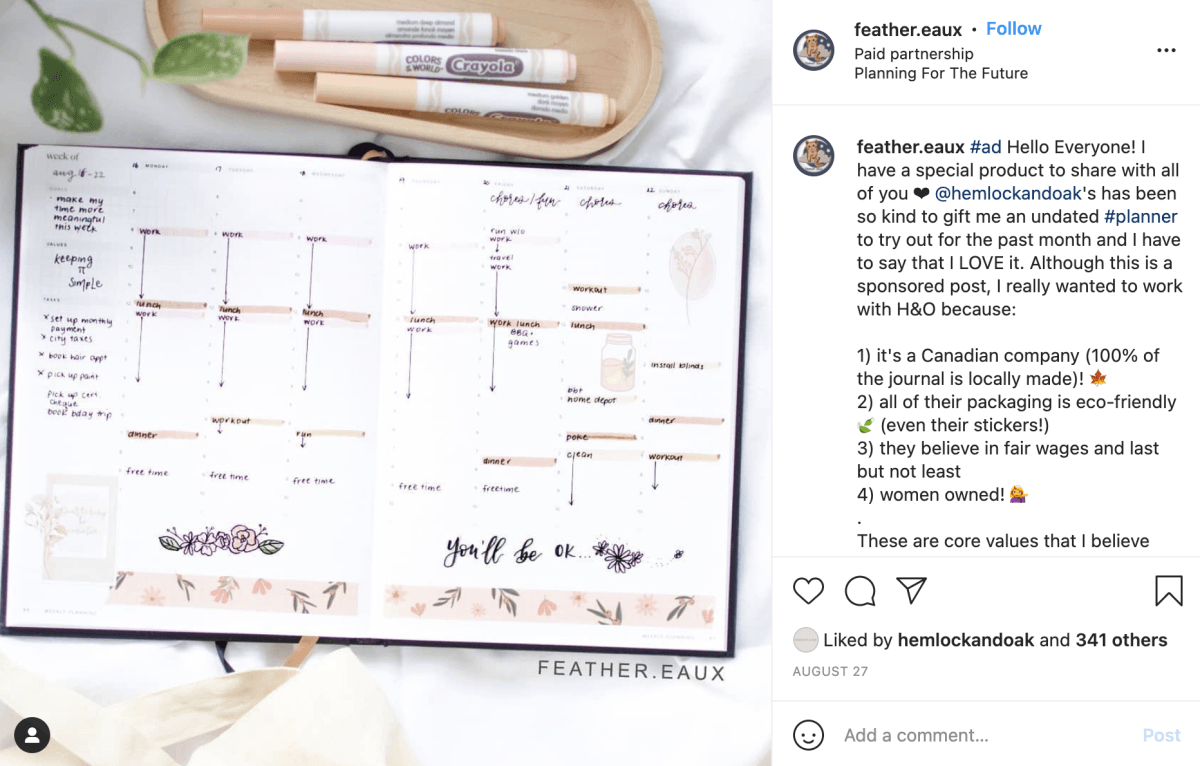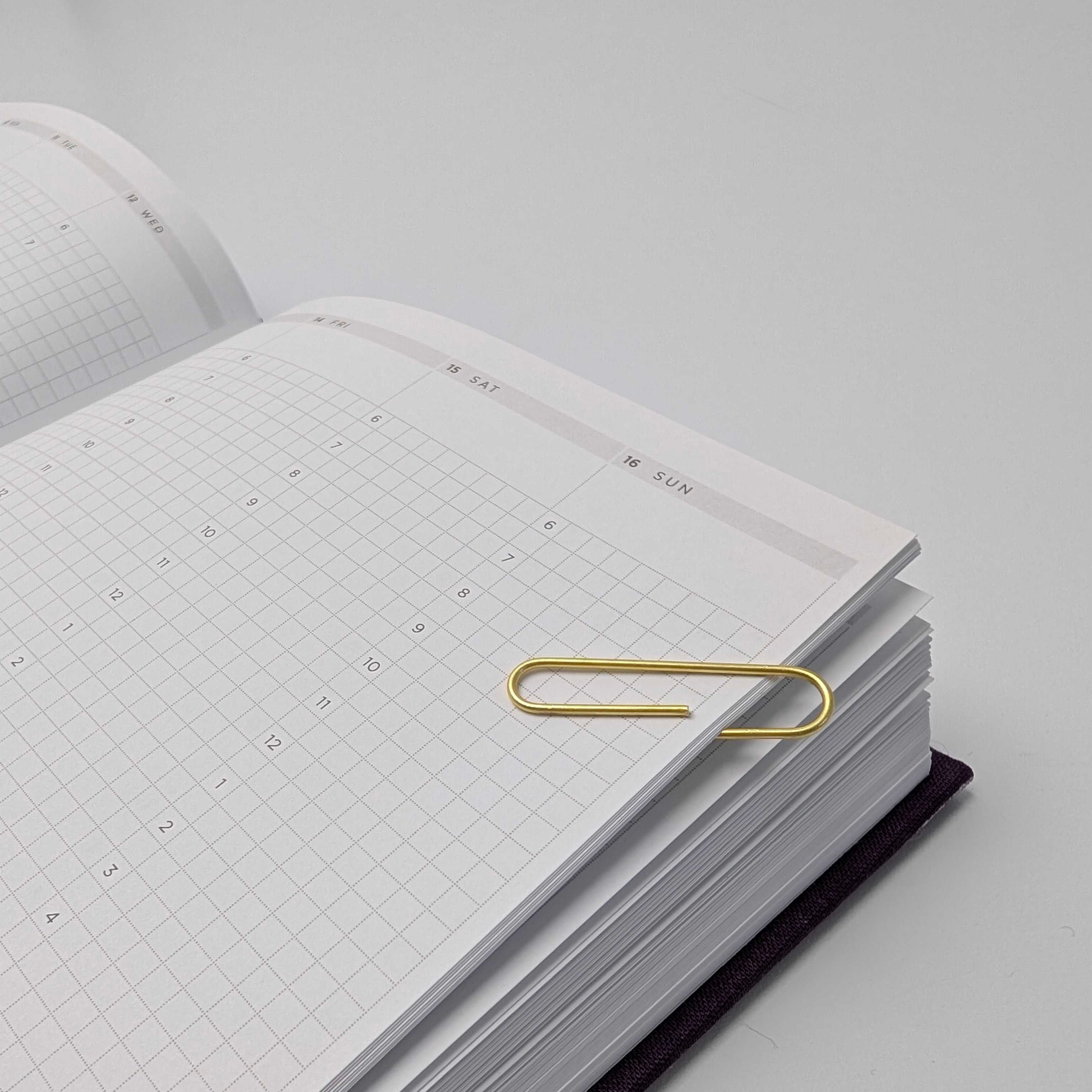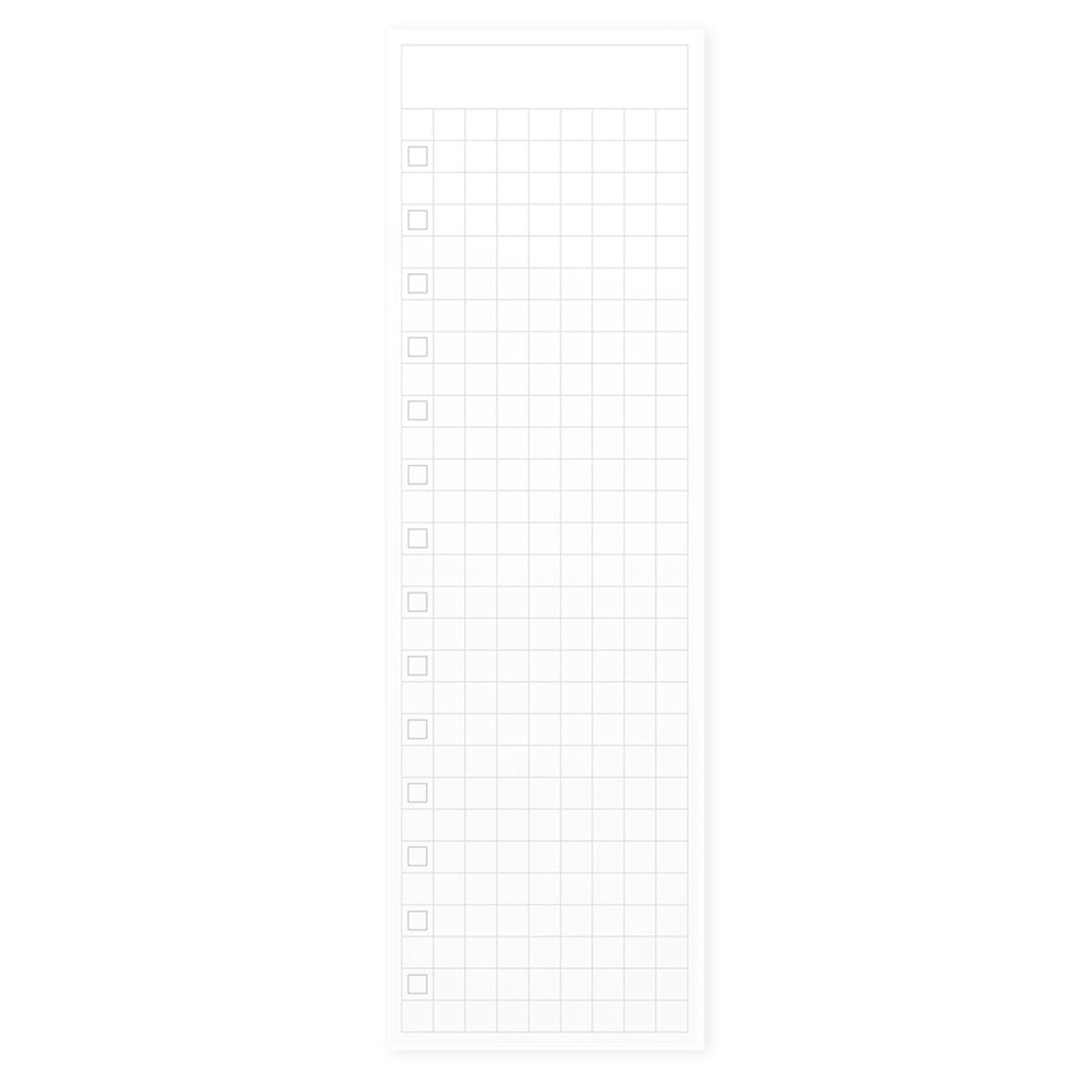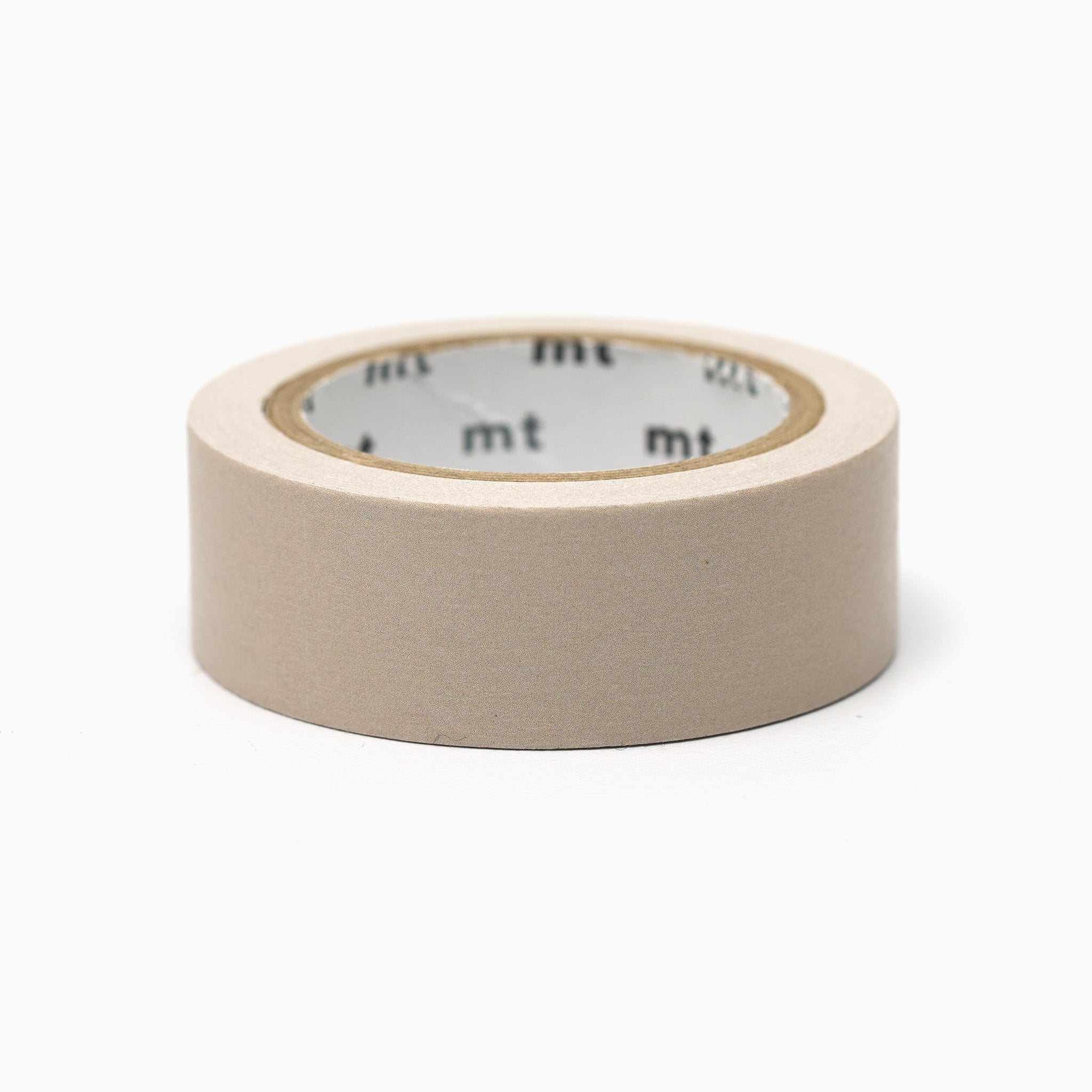The start of a new school year always comes with heaps of readings, papers, and exams. Even if you start with new highlighters and a clean notebook, classic college-ruled paper often turns into a mess of disorganized notes. It's time to ditch the chaos and transform your study sessions into a streamlined process. We get it, you don't have the time or energy to go through pages of notes to find that one specific thing. There's a better way!
What are Cornell Notes?
The Cornell Notes system was developed by a professor at Cornell University, Walter Pauk. Here's the crash course you need to succeed this semester.
Your page is divided into these sections:
- Heading - name, subject, date, page number
- Left margin - recall column (main ideas, keywords, etc.)
- Main section - notes column
- Bottom - summary
Here's an example of how I use this layout for notes:
How to Take Notes
This method is excellent for both reading and lecture notes. If any of your professors are fans of pop quizzes or open-note exams, having well-prepared Cornell notes makes it a breeze.
Best of all, it's simple. While you're reading or listening to the lecture, all of your notes go in the main section of your page.
Here's a couple of things to keep in mind when taking notes:
- No need for complete sentences. Use as few words as possible to communicate your ideas!
- Use relevant codewords/shortcuts:
- Are there certain long words you use often? For example, shorten "because" to "bc."
- Does your class have specific terms you can abbreviate? Start a master list of your abbreviations. For example, in a psychology class, you can always call "cognitive behavioral therapy," "CBT." In philosophy, "anarcho-primitivism" can be "a-p." In sustainability, "renewable energy source" can be "RES." As long as you keep an organized list, this is a great tool to write and recall quickly.
- Don't be afraid to color-code. You don't need to bring 15 pens to class, but a simple system can help your brain easily find the information you need. For example, in a literature class blue can mean theme, green can mean character, pink can mean historical context, etc.
- Once you're done filling in the main notes column, head over to the left margin, or the "recall" section. The point of this is so you can easily scan the page and find what you need. Here are some ideas for this portion:
- Keywords (if your paragraph of notes is all about African Elephants, label this on the left. Or if you have a long list of formulas, label them with a main description)
- Comments (if your professor says this will be on the exam, if you're still confused about this portion, if you want to review it extra, the name of a website with more information to review, etc.)
- Practice questions (as you're reviewing, see the question in the left column and see if you can answer it without referencing your notes on the right)
- Vocab words (if these notes are for vocabulary words, write the word on the left and the definition on the right. Easily quiz yourself by covering either side and seeing how much you remember)
- Finally, at the bottom of the page, summarize! Try to capture the main focus of the lecture or chapter in one or two sentences.
While it can be confusing, Cornell notes can be as simple or as structured as you need them to be. It will take time to discover the best notes and review methods for you, but this is a great starting point for an excellent semester.
To summarize: The main portion of your notes is to record the lecture or reading as intentionally as possible. The left portion is for reducing these main ideas as concisely as possible. The bottom portion is for summarizing the main point of the topic.
Cornell Note Benefits
If you're going to spend this extra time on your notes, why is this worth it?
- It's efficient and quick
- By making notes in the left column, you're already summarizing your work which aids retention
- At a glance, you can see exactly where specific notes are located
- Your notes are organized and ready to go when it comes time to study
- Summarizing at the end is a great assessment of your mastery of the material
- Studies on Cornell notes have demonstrated positive results in synthesizing information, quality of notes taken, more effective thought organization, quickly absorbing information, and improving studying and listening skills (1).
My own mom teaches college-level courses at my high school and makes all of her students use Cornell notes. Luckily, I learned this tactic early and used it right away at my university. Now is the perfect time to start the school year with organized, effective notes.
Download our Cornell Notes template!
We've gone ahead and done the work for you. Download it by simply joining our list, and we'll send it to you right away!
Happy note-taking!
(1) Jacobs, Keil (25 April 2008). "A Comparison of Two Note Taking Methods in a Secondary English Classroom" (PDF). Proceedings: 4th Annual Symposium: Graduate Research and Scholarly Projects Conference proceedings held at the Eugene Hughes Metropolitan Complex. Wichita State University. Symposium Chair: David M. Eichhorn Broe, Duane (Summer 2013).
"Effects of Teaching Cornell Notes on Student Achievement". www.minotstateu.edu. Retrieved 2021-06-12.
Quintus, Lori; Borr, Mari; Duffield, Stacy; Napoleon, Larry; Welch, Anita (Spring–Summer 2012). "The Impact of the Cornell Note-Taking Method on Students' Performance in a High School Family and Consumer Sciences Class" (PDF). www.natefacs.org. Retrieved 2018-10-10.









Leave a comment
All comments are moderated before being published.
This site is protected by hCaptcha and the hCaptcha Privacy Policy and Terms of Service apply.